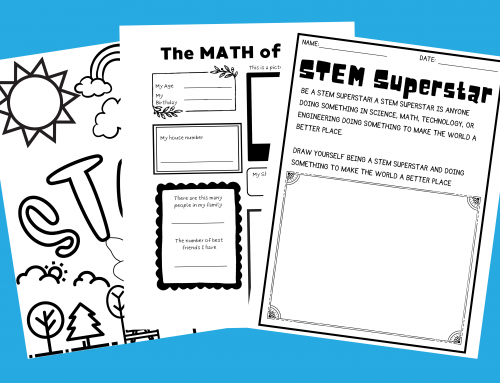As the ongoing debate of college as a destination for young people spins on, vocational schools are coming back into focus. They are a unique place for application style learning, and career readiness. With more and more people seeking information on what vocational schools can do for students, I thought it was time to offer my own perspective as a science teacher at a well-established technical vocational high school.

Debunking Myths around Vocational Schools
It is worth noting that vocational schools, for some reason, have a reputation of attracting students who otherwise “couldn’t go to college.” This harmful myth often repels students and families from the incredible opportunities that vocational schools provide. Vocational schools are not college alternatives, but rather provide an additional and concrete path toward a career. While some programs allow for complete certification and union membership, others are a jumping off point for further training. Even within programs that provide certification, training is never complete. Trade unions also offer opportunities for advanced learning at discounted prices, so tradespeople often acquire degrees. Engineering, business, and accounting degrees are often sought out by trades people starting their own businesses. All of this to say that the stigmas associated with vocational high schools are often baseless.
STEM and Vocational Schools
In terms of STEM education, vocational schools provide an incredibly unique environment. As an AP Physics teacher, I have electricians in my class when we’re learning about circuits. The expertise they bring and the discussions we can have as a result are incomparable to anything I’ve experienced at traditional high schools. Beyond this, however, is the incredible opportunity to teach students STEM directly related to their chosen field of study. It is not often in a high school setting that educators are afforded this kind of foresight.

This scenario uniquely allows for a variety of paths students may pursue in STEM at the high school level. Hard trades can take digital fabrication to learn how to 3D model their schematics. Culinarians and cosmetologists can take chemistry courses uniquely suited to the type of reactions they’ll see in the field. Hospitality and Marketing students can take statistics so they’re ready for the business world. Computer programming students can extend their learning through engineering courses. These are just a few examples of the unique opportunities that lie in vocational STEM education.
Introducing STEM Early to Promote Career Awareness
I am lucky to teach a first-year physics course to our 9th graders. These are students who have not yet chosen a vocation or trade. This forces my curriculum to take on real-world scenarios from a variety of trades. We discuss automobile industry safety when we talk about acceleration, explore different types of ovens and their functions when we discuss heat transfer and debate the usefulness of various medical imaging processes when we discuss the electromagnetic spectrum. All of this to show students that physics is all around us.

Vocational schools are a unique place to emphasize the importance of STEM education. With the pandemic ever-continuing, the vaccine rolling out, and misinformation continuing to spread, it has never been more important to emphasize the role of science in our communities. I have found that working with vocational students uniquely allows these conversations to evolve. The future of our country will be built by our students. I am honored to serve them.
Interested in learning more about the STEM workforce? Check out our STEM infographics here!







Leave A Comment